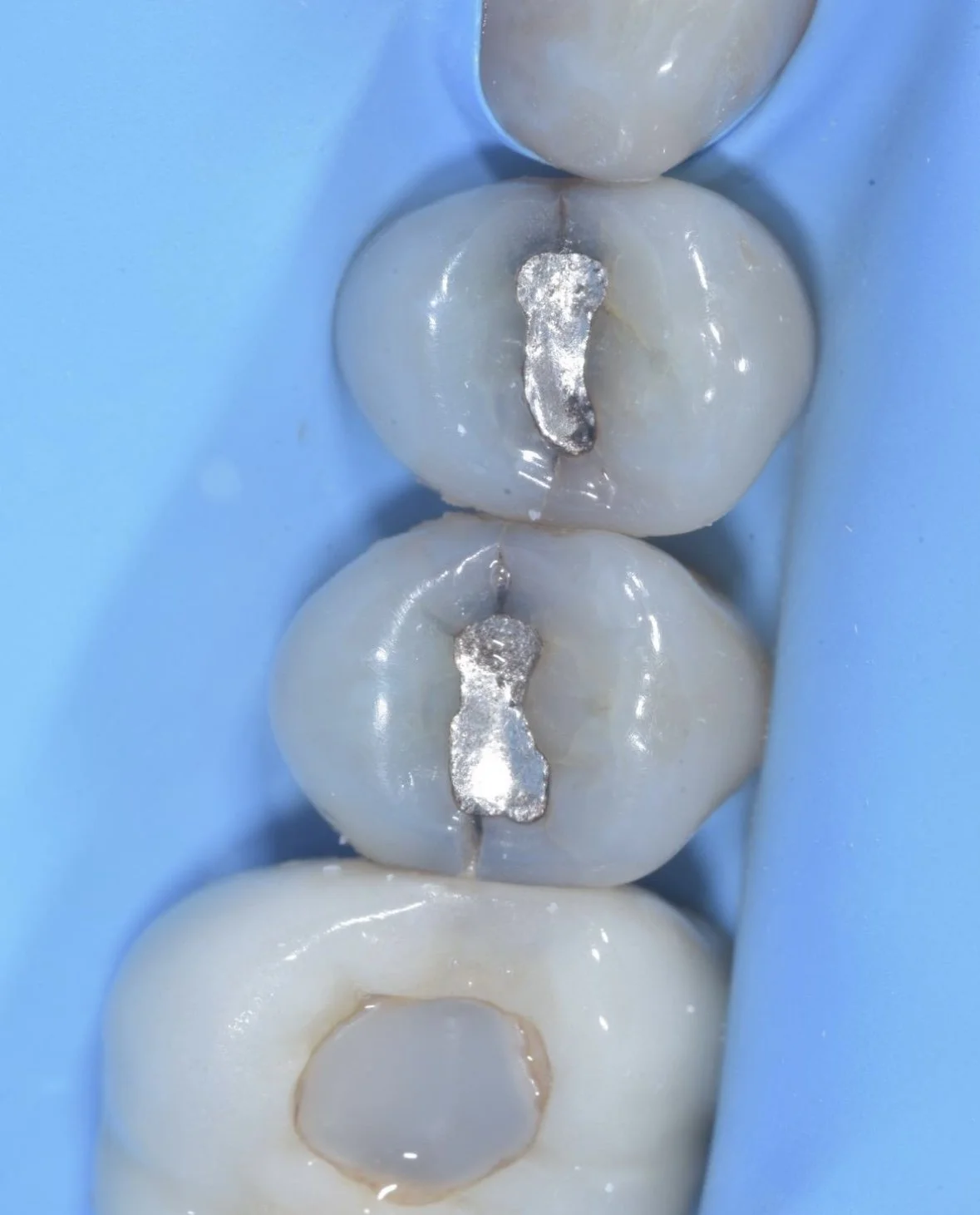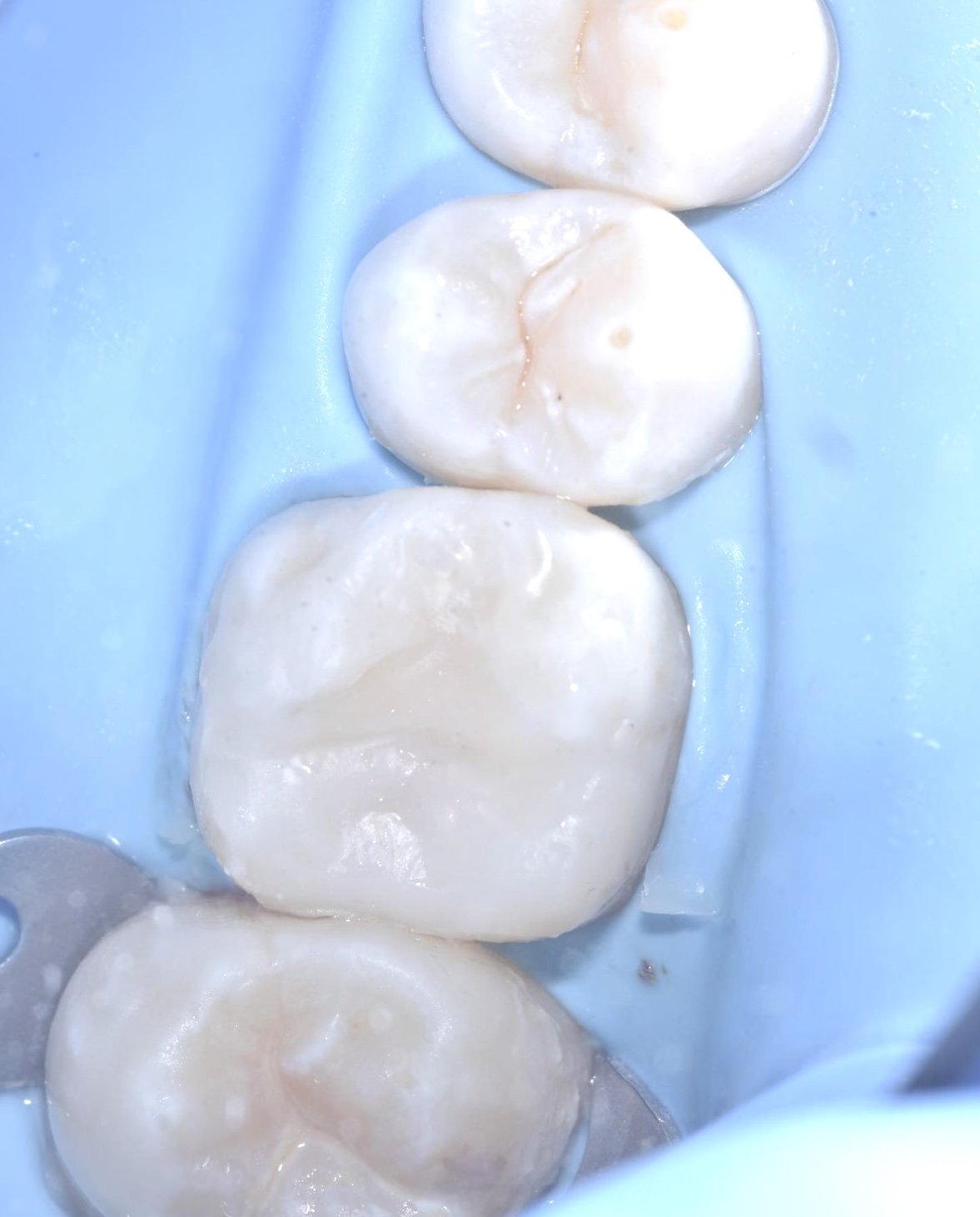
What is That Red Bottle? Caries Detector Dye!
Caries detector dye (CDD) was pioneered nearly 40 years ago by researcher Takao Fusayama at Tokyo Medical and Dental University. Today it is rarely seen in dental practices, but commonly used in dental schools as “training wheels” for students learning to treat caries. At the Alleman Center, we consider CDD essential for every restoration because it allows caries treatment to be consistent between different patients and different doctors. Without consistent caries treatment, you can’t have predictable dental outcomes.

Tips for Overcoming Your Fear of Going to the Dentist
One of the most potent tools in dentistry is a bi-annual cleaning and exam that offers preventative care and can reduce the need for more invasive dental treatment. Catching dental concerns in their early stage gives patients options for more conservative treatment and better outcomes. Still, this preventative care and early intervention may be unavailable for patients who avoid dental treatment for any reason. While extreme cases of dentist fear do exist and may require professional help, here is how we at the Alleman Center work to put our patients at ease for routine visits and restorative care.

The History of Biomimetic Dentistry
The term “biomimetic dentistry” was adopted when Dr. David Alleman, Dr. Ray Bertolotti and Dr. Pascal Magne discussed how to describe the dental advancements they had been researching in the 1990’s and 2000’s. These advancements yielded results so superior to standard industry techniques that they needed to be differentiated. Previously described as “advanced adhesive dentistry” and “tooth conserving dentistry,” Drs. Alleman, Bertolotti and Magne decided on the term from Dr. Magne’s 2002 book, Bonded Porcelain Restorations in the Anterior Dentition: biomimetic.

1-2-3-4 Risk Assessment: How We Biomimetically Assess Your Teeth
Should I have my traditional dental restoration replaced with a biomimetic restoration?
This is a common question we hear at the Alleman Center. Preventative treatment can save you time, discomfort and money down the road, and thankfully we have tools in biomimetic dentistry to help patients learn more about the risks existing restorations pose to their teeth.

Post-Operative Sensitivity and How to Avoid It
Too often, patients around the world have a tooth treated only to experience continuing discomfort or symptoms that don’t get resolved. In some cases the treatment may make the symptoms feel worse. While traditional guidance recommends that patients wait a few weeks after having dental work to see if post operative pain subsides, biomimetic restorative dentistry provides a better solution.

Is Biomimetic Dentistry Worth it For Patients?
You have taken the time to learn more about biomimetic dentistry, but you may still wonder if it’s really worth it for you as a patient. Here are some points we discuss with patients who reach out to our office.